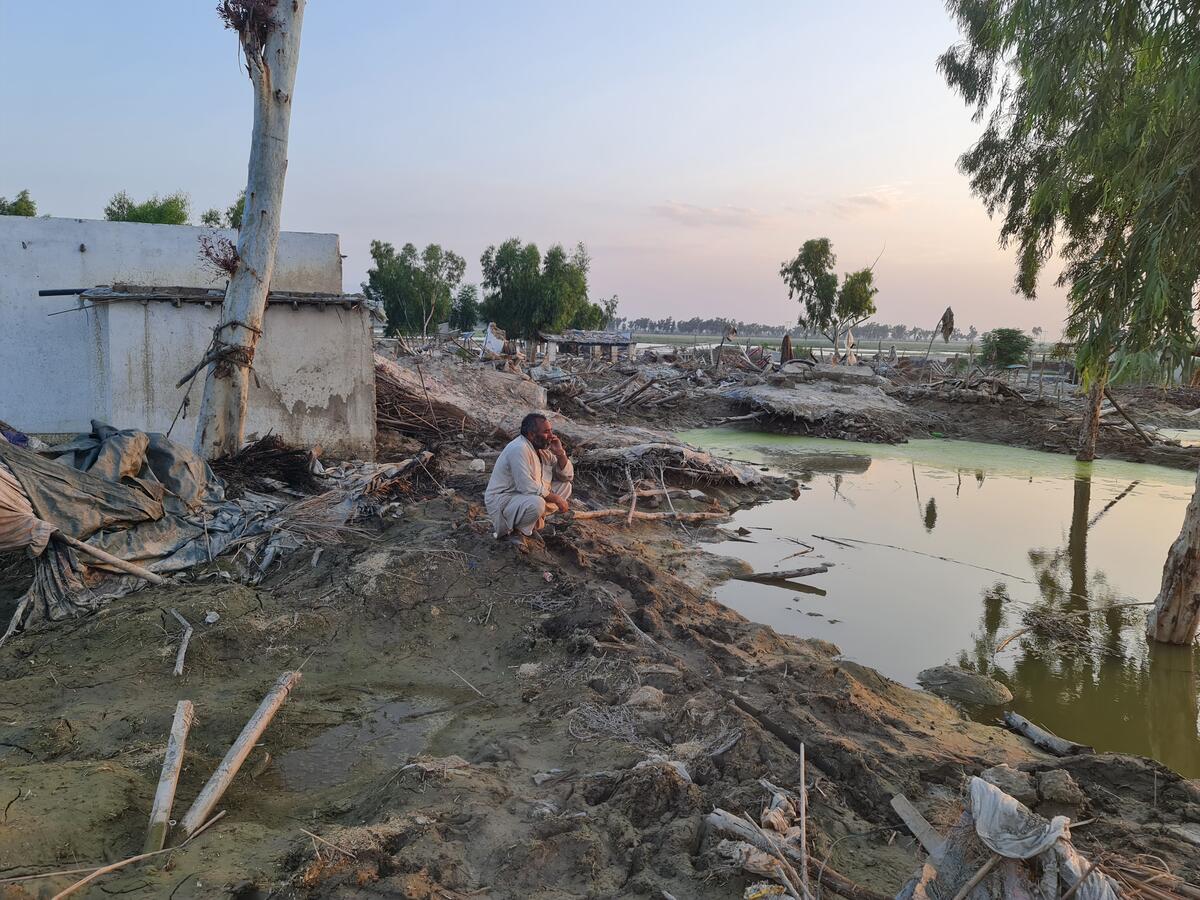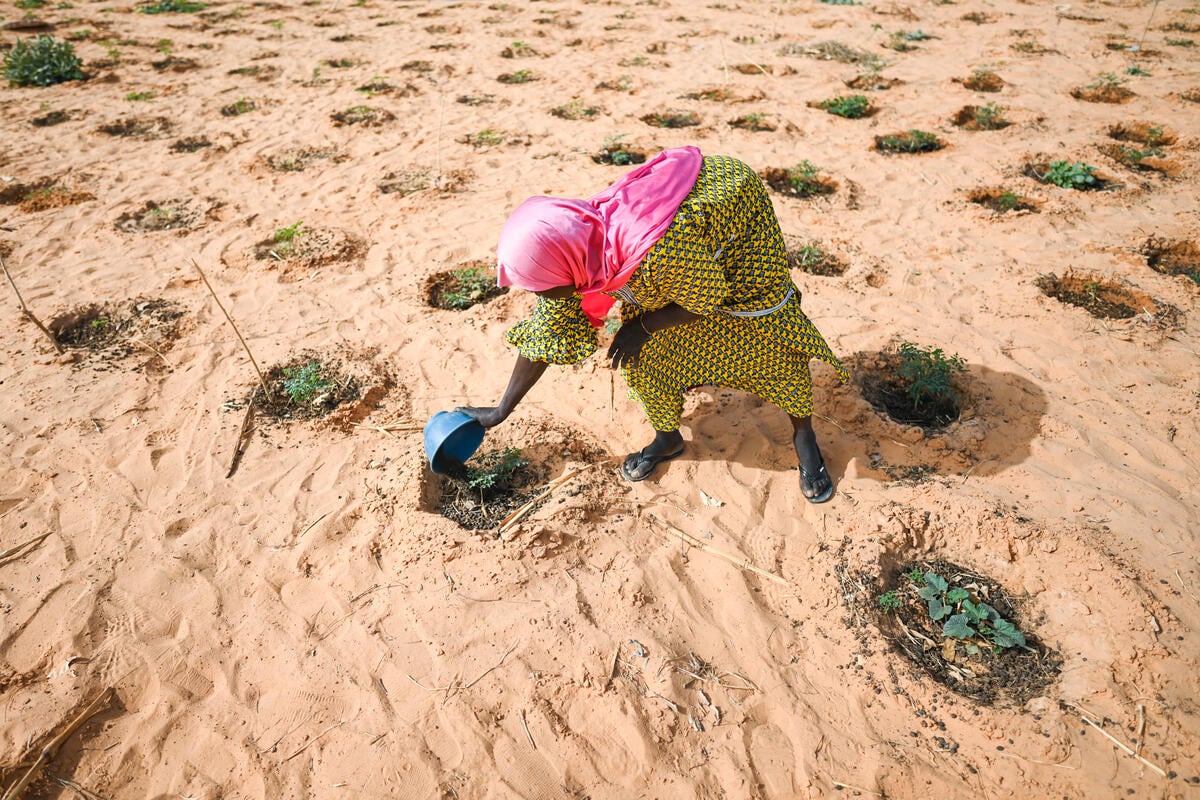UNHCR helps improve life for Filipino victims of climate change
UNHCR helps improve life for Filipino victims of climate change

ANTIPOLO, Philippines, June 11 (UNHCR) - Tossed by one typhoon after another, Maria Teresa Cawili is now grateful for small mercies - like having a space of her own after spending months in crowded evacuation centres for victims of the Philippines' many recent natural disasters.
Cawili is among 1,000 people relocated recently to a dusty hill at San Jose village in this Catholic pilgrim town of Our Lady of Good Voyage in Rizal province, about 30 kilometres from the capital, Manila.
They were victims of violent back-to-back storms last year in what meteorologists described as a preview of more devastating winds that are likely to hit the country as a result of climate change. The Pacific churns out a score of typhoons annually toward the archipelago, but storms Ketsana and Parma last September and October were particularly fierce.
For now, the evacuees in Antipolo are huddled in tents under a scorching summer sun as the government and aid agencies draw up plans to construct shelters of corrugated iron roof, thatched bamboo and hollow blocks in 40-square-metre plots before the onset of the rainy season this month.
"It will be a dream come true," says Cawili, a 46-year-old mother of five girls, and a camp leader whose family received linoleum, mattresses, blankets, thermos flasks, kettles and buckets from UNHCR last December. Before moving to this site a few weeks ago, her family and the other evacuees received underwear, towels, detergent and shampoo from the UN refugee agency.
She was at home in nearby Cainta town on September 26, 2009, when Ketsana dumped a record amount of rainfall that sparked the worst flooding in the Philippine capital in memory.
The raging torrents swept away her ramshackle hut and about a thousand squatter shanties at a riverside flood spillway the following day. Her prized possessions - a TV set and DVD player - disappeared in the flood.
All told, Ketsana and Parma, which struck a week later, left 1,000 people dead and destroyed a quarter-of-a-million houses. The Department of Social Welfare and Development, along with local government units and the armed forces, mobilized resources to deal with the catastrophe.
"They did an extremely good job helping their citizens," said Bernard Kerblat, head of the UNHCR emergency team who joined relief operations in the disaster zones following an appeal for assistance by the cash-strapped government.
State agencies and aid organizations are still assisting about a million people displaced by the storms eight months later, tens of thousands of them crammed in makeshift camps in the hard-hit provinces of Rizal, Zambales, Tarlac, Pangasinan and Benguet.
The government has banned the evacuees from returning to their flood-prone villages. The San Jose relocation site, where UNHCR is providing support, is the first for the thousands of homeless storm victims in encampments on Luzon island.
For Cawili, it's a welcome change from the crowded gymnasium at Cainta where she and her family had stayed for six months - and from the nearby school where they stayed for several weeks before that. But like the 30 million other Filipinos living on just a dollar a day - the poverty threshold defined by the World Bank - Cawili is just trying to survive. "We need to earn a living," she says.
UNHCR and its implementing partner, the Community and Family Services International, are helping the evacuees cultivate gardens to provide extra food. They are also asking government technicians to conduct training on organic farming.
The refugee agency is purchasing three motorized tricycles to be operated by the community to transport commuters on a dirt road up to the national highway.
UNHCR also has identified malnourished children, the elderly and the sick at the site for special assistance, and is providing psychosocial counselling against gender violence.
The refugee agency is providing toys for a daycare centre where Cawili's children play, and basketball and volleyball tournaments have been organized for older children at the site.
UNHCR has had to take money for these activities from its emergency reserves. "We certainly can do a lot more," says Kerblat. "There's a lot to be done."








